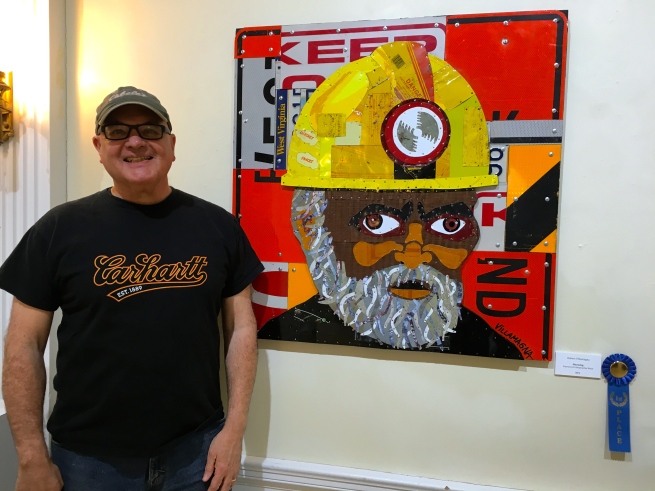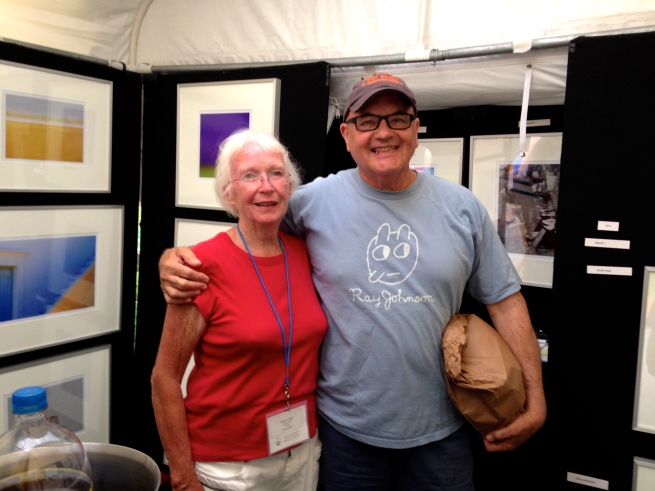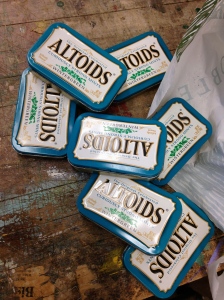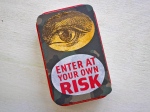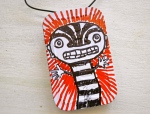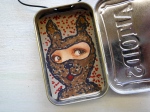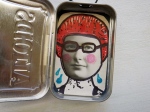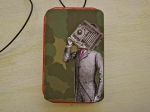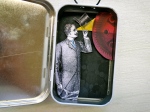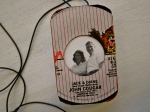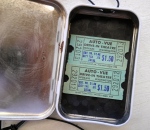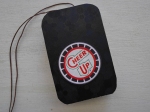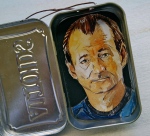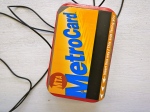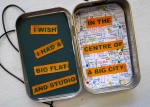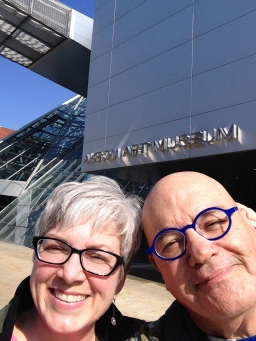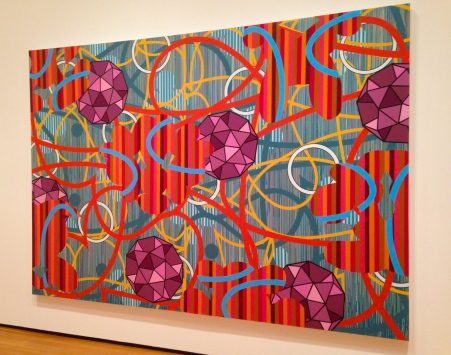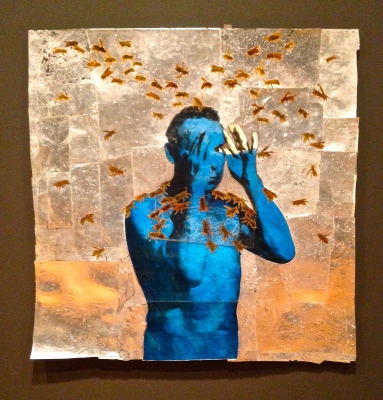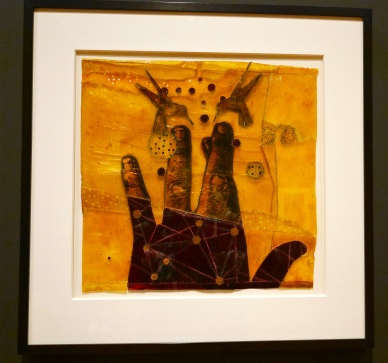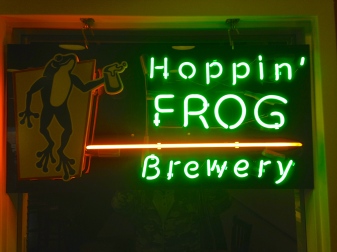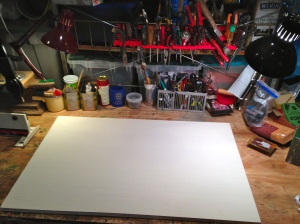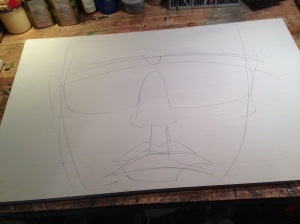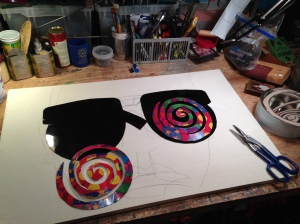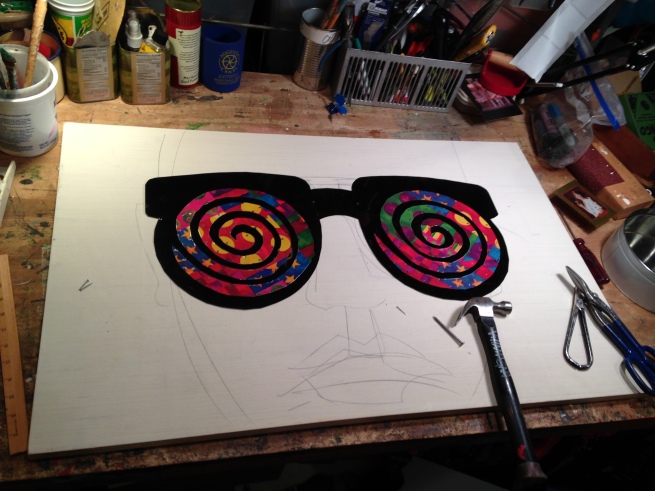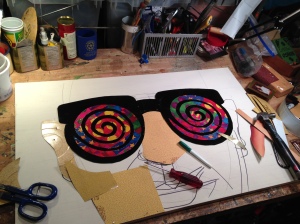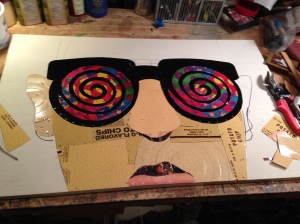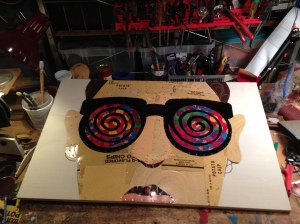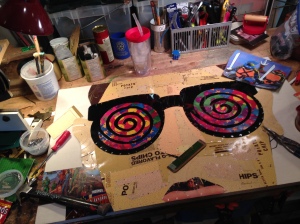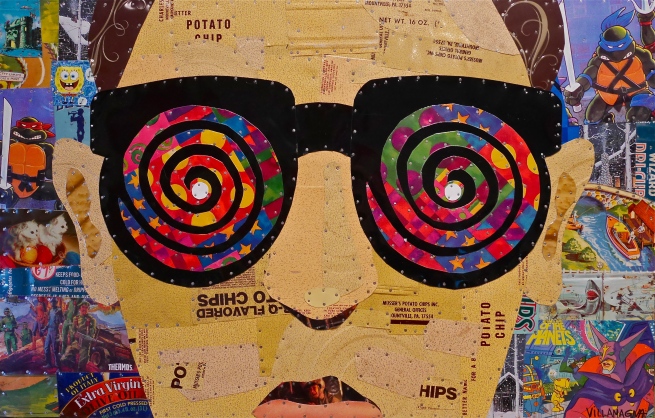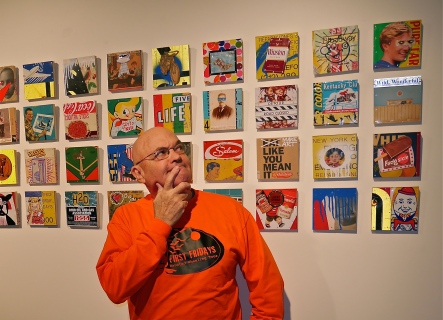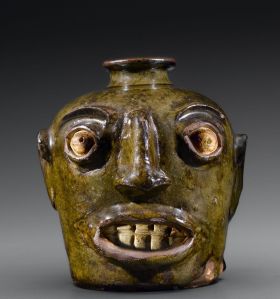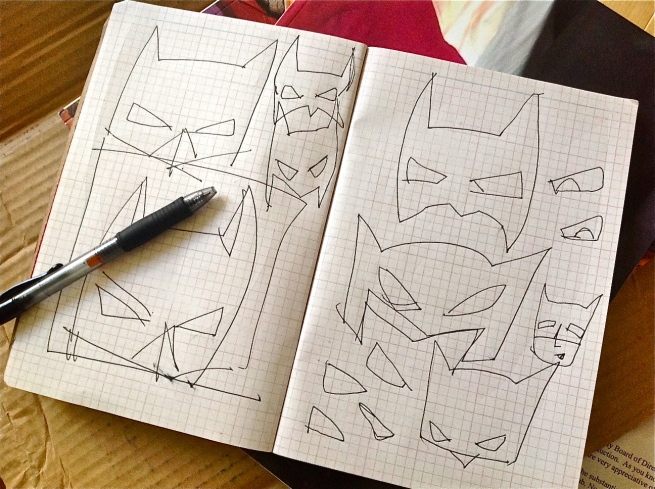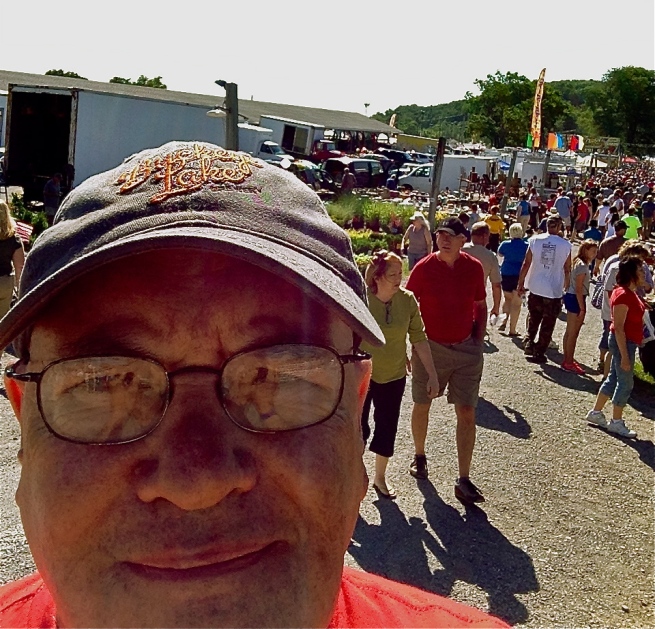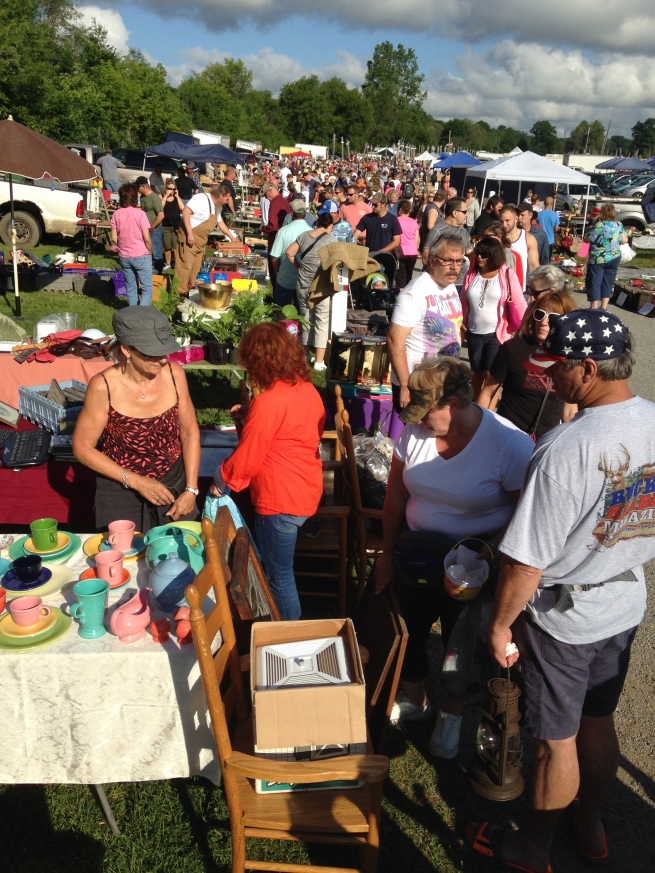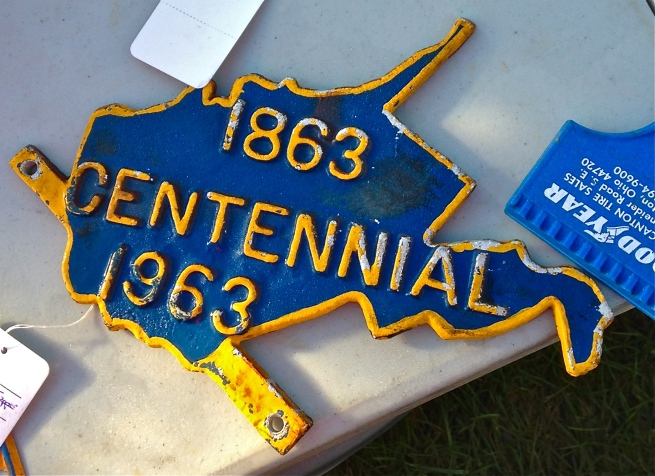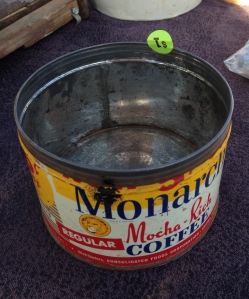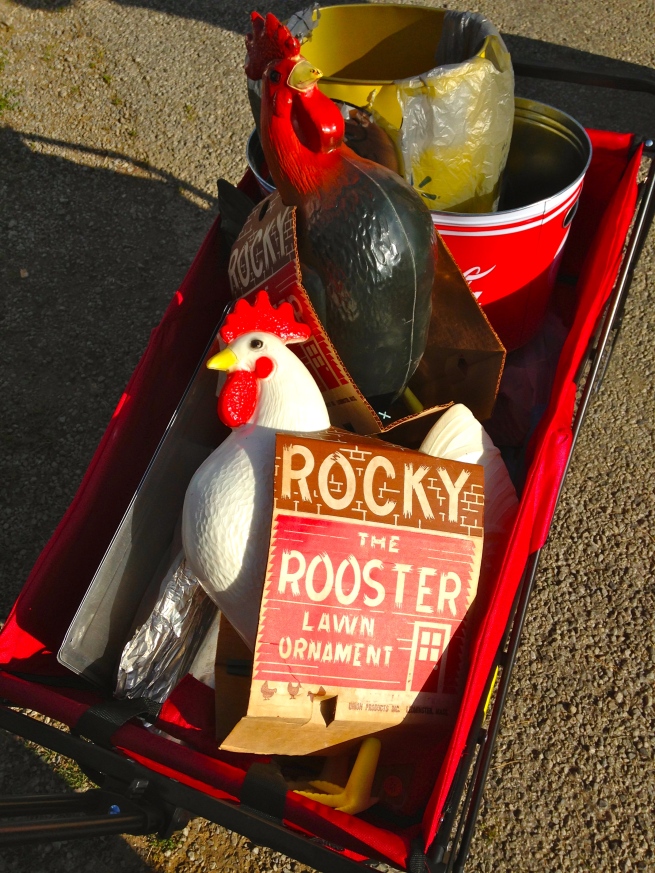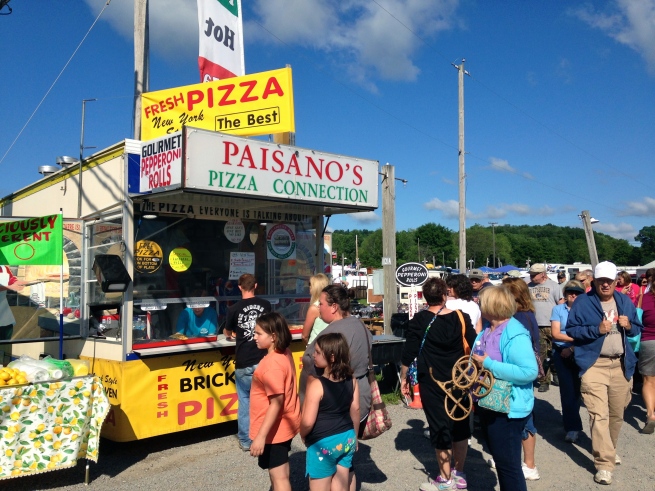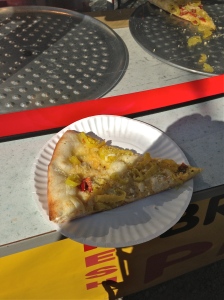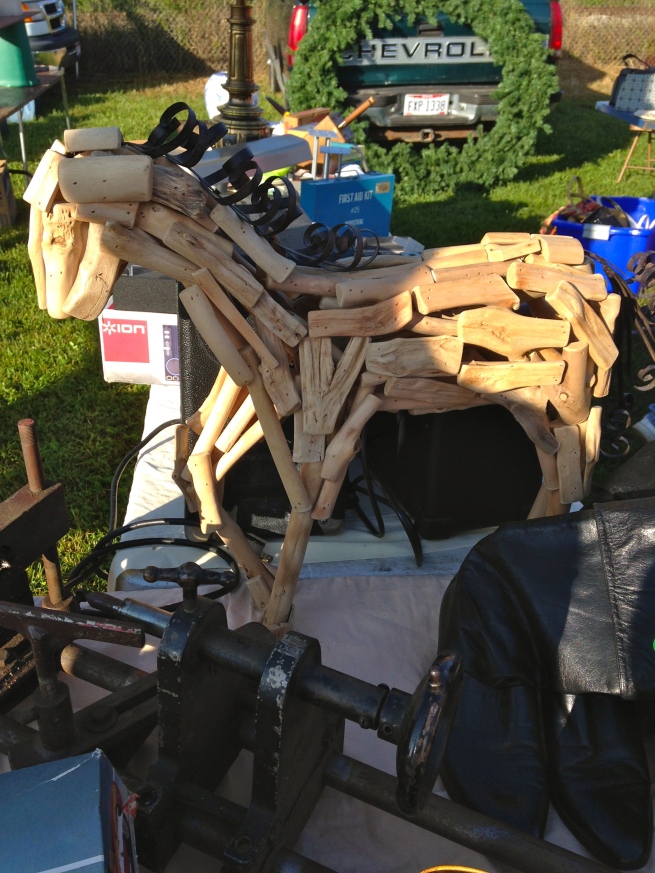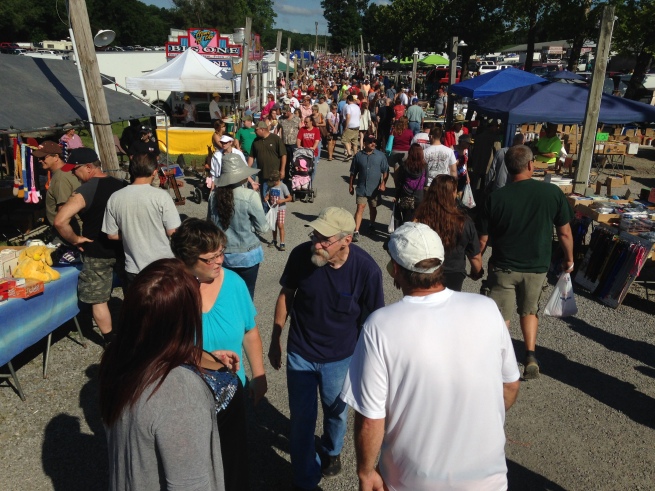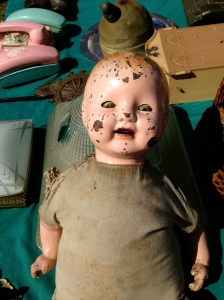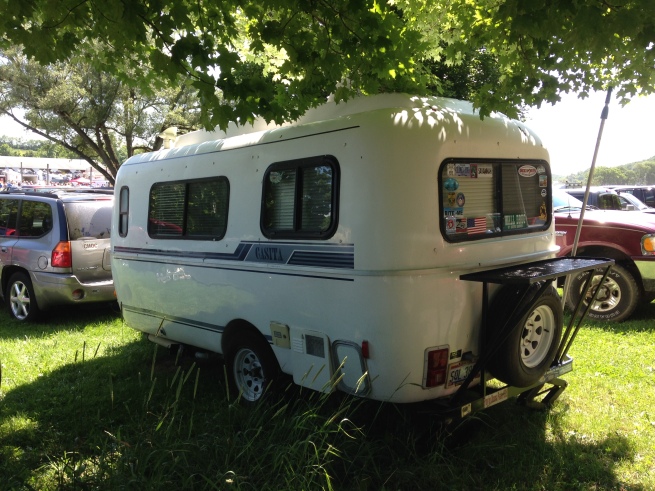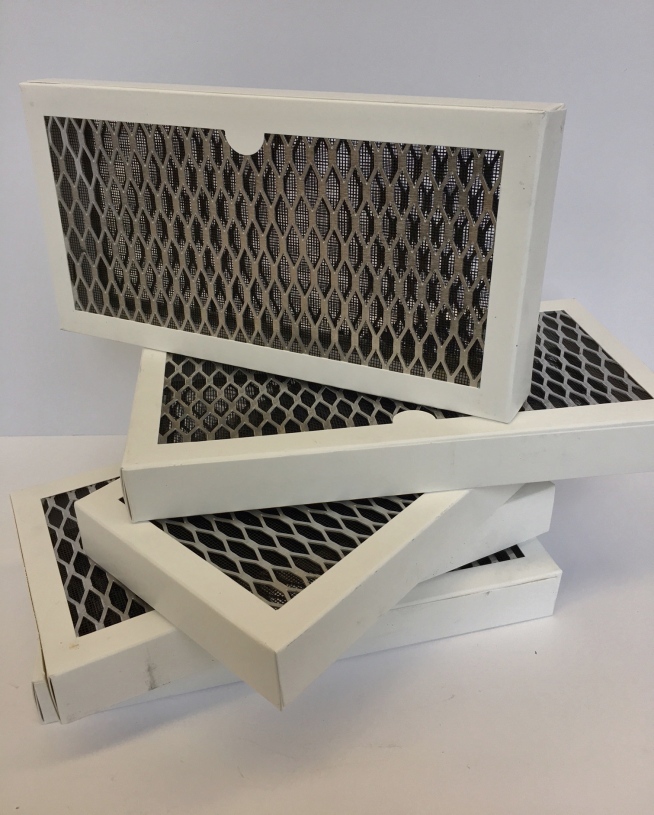
It all started with Phil and Tammy, who build devices used in the cleaning of medical equipment. They had ordered a large number of filters, the construction of which was based on information provided by a hospital. It turns out that this information was incorrect, resulting in the manufacture of filters that could not be used. Rather than send the unusable filters to the landfill, and knowing that I use a lot of repurposed materials in my artwork, Tammy contacted me and asked if I could use them. Upon seeing the filters, I didn’t feel I could use them all myself, but the sheer number of these box-like structures made me think they might be a good design project for my 3D students. It turns out I was correct!
Each filter is approximately 5″x11″x1″. They are made up of three components: an inner soft screen or mesh material, black in color; an outer wall of expanded metal sheet (Expanded metal sheet is made by first creating multiple slits in the sheet, and then stretching the sheet. The stretching creates a unique diamond pattern opening with one of the strands protruding at a slight angle.); and an outside white paper frame.
I decided I would use the filters as the basis of the last project of the semester for my ART 160 class at West Liberty University. (ART 160 is an entry-level 3D design course for freshmen entering any one of the University’s visual arts programs.) Each student was permitted to have up to three filters. Filters could be manipulated in any way the student desired. Students were only permitted to use or add wire, glue, or paint to their filter works. They were not permitted to add objects or other foreign materials to the filters. Students were not required to use the entire contents of each filter.
Students had nine days in which to complete the project, which included two in-class studio days. Each student presented their completed project at our final semester critique. The filter “sculptures” were graded using the following criteria: (1) Objectives met/student followed project guidelines; (2) Composition; (3)Creativity; and (4)Craftsmanship/construction.
Overall, I feel the students did an excellent job of problem solving and repurposing the filters. I believe the students really pushed themselves on this project, resulting in a wide range of original, creative 3D forms. Check out the student work and let me know what you think.
